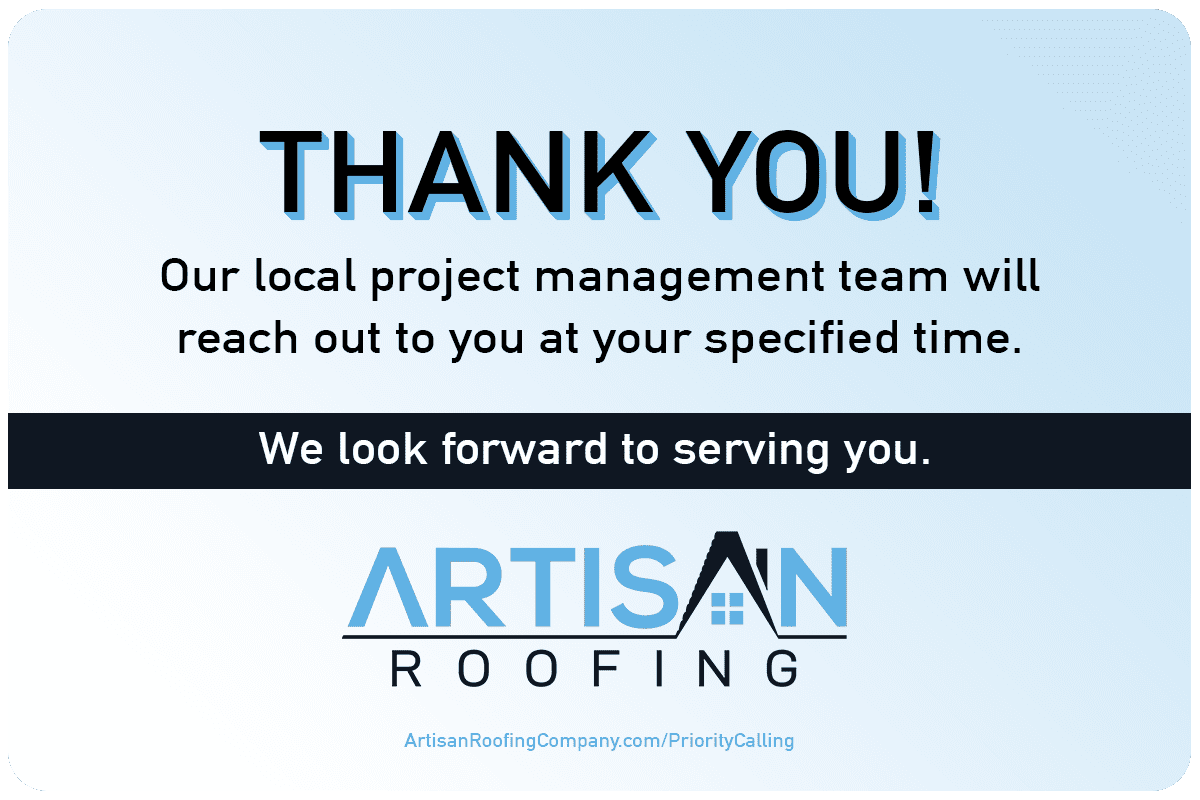When it comes to commercial buildings, the choice of roofing material is critical for durability, energy efficiency, and overall performance. The diverse array of commercial roofing options available today reflects advancements in technology and materials. Let’s delve into some of the most common types of commercial roofs and their unique benefits:
1. Built-Up Roofing (BUR): Built-Up Roofing, commonly known as BUR, consists of multiple layers of asphalt or tar-saturated fabric and bitumen. These layers are topped with gravel or a mineral cap sheet for protection. BUR roofs are highly durable and provide excellent waterproofing. They are ideal for buildings with low-slope or flat roofs, such as warehouses or industrial facilities.
Benefits of BUR:
- Excellent waterproofing and durability
- Resistant to UV rays and weather damage
- Long lifespan with proper maintenance
2. Modified Bitumen Roofing: Modified bitumen roofing is a variation of BUR that incorporates polymer-modified bitumen sheets. These sheets are applied in layers using heat or adhesives to create a seamless, durable membrane. Modified bitumen roofs are flexible, making them suitable for buildings that experience temperature fluctuations.
Benefits of Modified Bitumen:
- Flexibility to accommodate building movement
- Enhanced resistance to tears and punctures
- Easy installation and repairs
3. Thermoplastic Polyolefin (TPO) Roofing: TPO roofing is a popular choice for commercial buildings due to its energy efficiency and ease of installation. This single-ply membrane is made from a blend of polypropylene and ethylene-propylene rubber. TPO roofs are lightweight, highly reflective, and resistant to UV rays and chemical exposure.
Benefits of TPO:
- Energy-efficient, reducing cooling costs
- Environmentally friendly and recyclable
- Resistant to tears, punctures, and algae growth
4. Ethylene Propylene Diene Monomer (EPDM) Roofing: EPDM roofing is a synthetic rubber membrane that is well-suited for low-slope or flat roofs. It is installed in large sheets and adhered or mechanically fastened to the roof deck. EPDM roofs are durable, weather-resistant, and cost-effective.
Benefits of EPDM:
- Excellent resistance to ozone, weathering, and abrasion
- Low maintenance requirements
- Long lifespan of 30 years or more
5. Metal Roofing: Metal roofs are gaining popularity in commercial construction due to their durability and aesthetic appeal. They can be made from various materials, including steel, aluminum, copper, and zinc. Metal roofs are lightweight, fire-resistant, and highly recyclable.
Benefits of Metal Roofing:
- Long lifespan of 40-70 years
- Energy-efficient, reflecting solar heat
- Available in a wide range of colors and styles
6. Green Roofs: Green roofs, also known as vegetative or living roofs, involve the installation of a layer of vegetation and plants on top of a waterproof membrane. They offer environmental benefits such as improved insulation, reduced urban heat island effect, and stormwater management.
Benefits of Green Roofs:
- Energy savings through natural insulation
- Enhanced aesthetics and biodiversity
- Extended lifespan of the underlying roof membrane
Choosing the right type of commercial roofing depends on factors such as building design, climate, budget, and maintenance requirements. Consulting with a professional roofing contractor can help you select the optimal roofing system for your commercial property. Remember, investing in a high-quality roof can contribute to the longevity and efficiency of your building while minimizing long-term maintenance costs.

